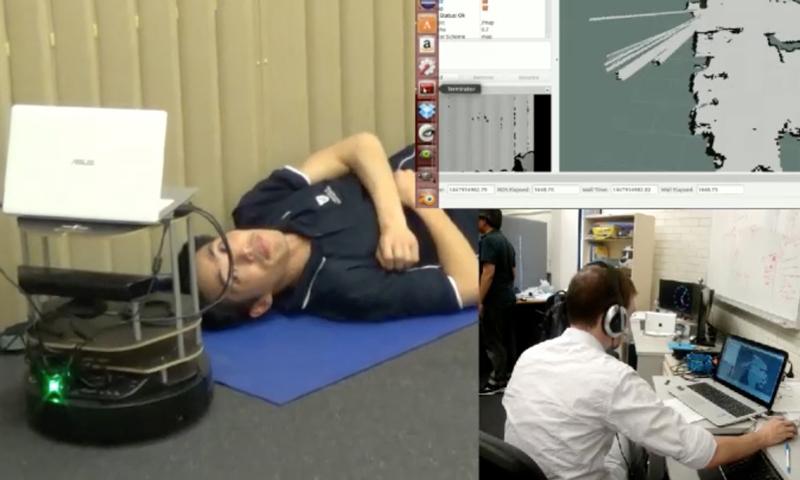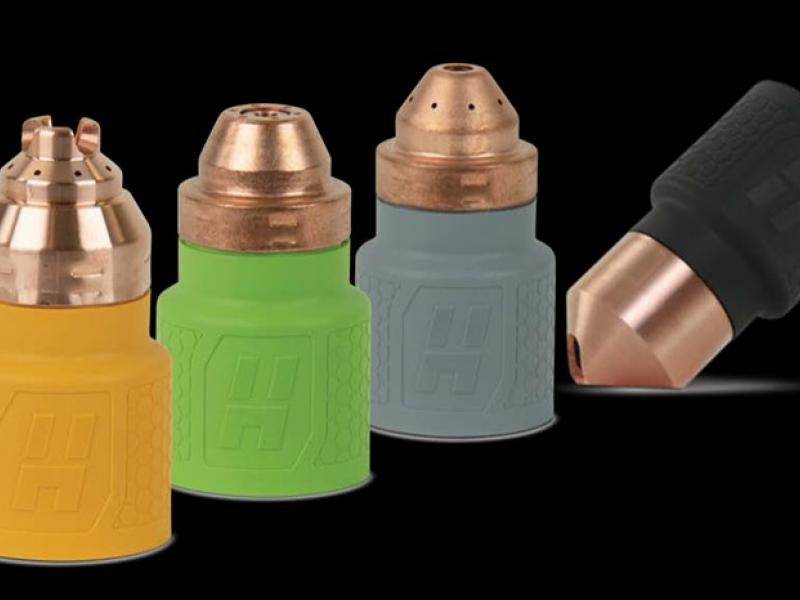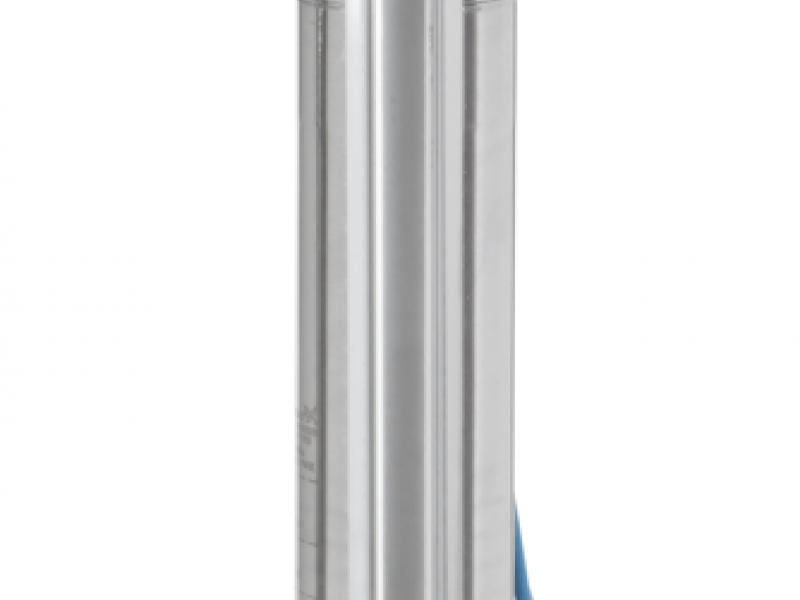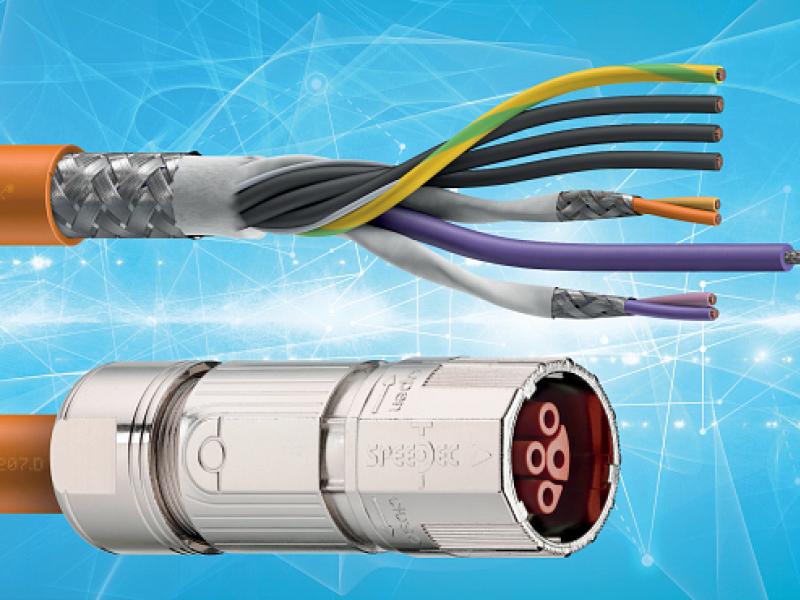Kalana Ishara Withanage at the University of Adelaide has teamed up with engineering and health experts from the university to develop a to help elderly people get back on their feet after a fall at home.
The technology could also possibly be used in natural disaster rescues.
Pressure sensors located in the floor of the elderly person’s home will be used to alert the robot that something has happened, and direct it to provide assistance.
Withanage said the algorithm being developed would then allow the companion robot track an individual’s progress as they stand up and, using the robot’s onboard cameras, provide corrective guidance if the person tried to undertake an unsafe movement.
“There could be camera and floor sensors in the home to roughly identify that something has happened, but it doesn’t necessarily mean a fall. The robot could then go to the area to see what has happened – whether a fall or something else – and it could differentiate an incident from an emergency. Currently, the robot seeks out the elderly person and calls a healthcare professional, but from that point onwards, the remote carer takes over control.
By the end of my research, it will be completely autonomous – the robot will able to direct the patient on its own.”
The research is believed to be the first of its kind, with no robots previously using audio-visual prompts to aid the elderly autonomously.
Withanage said the robot would also be equipped to monitor heart rates remotely and converse with the fall victim using voice recognition software.
“Most aids that currently exist involve some human intervention – this is going to be without human intervention. The robot can detect sub-activities, such as rolling to the side or crawling. If the person is moving, the robot can take steps backwards or forwards. It can also push supporting structures towards the person to help them get up.”
Withanage said the technology could also be adapted to provide real-time guidance for athletes or assist victims and emergency workers in disaster environments.
“We could see this used in natural disasters, for example after a tsunami scenario. The robot could go into the environment and see whether the person needs any assistance and provide it as required,” he said.
Although the robot technology is still in early stages of development, the research team is confident a full prototype will be completed by February 2018.






